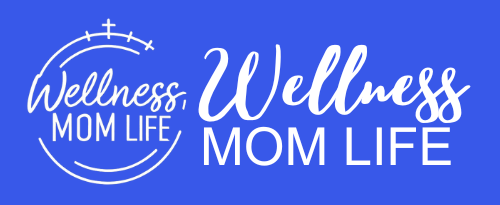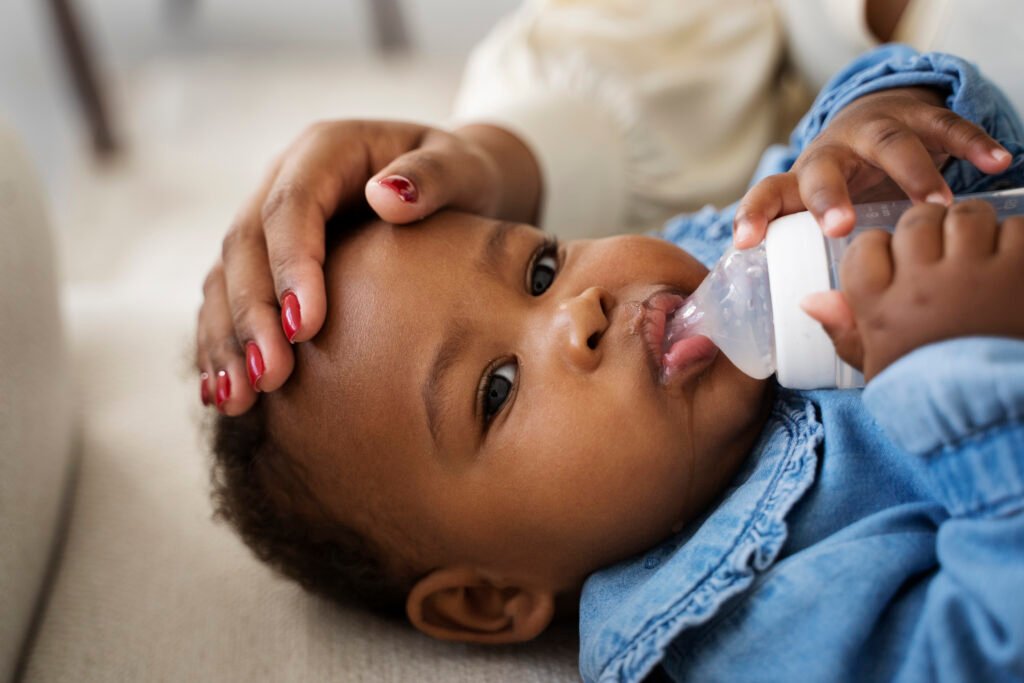As a parent, being mindful of your baby’s health is being careful and paying attention to how clean the feeding utensils are. One daily task that might seem straightforward is washing baby bottles, but there’s more to it than tossing them into the dishwasher. Cleaning baby bottles improperly can lead to lingering bacteria, potential health risks, or even damage to the bottles themselves. To help you ensure your baby’s bottles are always sparkling clean and ready for use, here’s a guide to avoiding five common mistakes when dishwashing baby bottles.
Using the Wrong Dishwasher Settings
Dishwashers often come with various settings, such as “Normal Wash,” “Quick Wash,” and “Sanitize.” While the “Normal Wash” setting might be fine for everyday dishes, it might not be enough for baby bottles. These bottles, especially after being used for formula or breast milk, need a more thorough cleaning to be sure all residues and bacteria are removed. If the water isn’t hot enough or the cycle isn’t long enough, milk residue can linger in the bottle and its components, potentially leading to bacterial growth. This can pose a health risk to your baby, who is particularly vulnerable to infections.
So always choose a dishwasher setting that uses hot water and includes a sanitizing option if available. The “Sanitize” setting is designed to kill bacteria and remove any remaining residues effectively, this ensures your baby’s bottle is as clean as possible.
Failing to Pre-Rinse or Pre-Clean Your Baby’s Bottles
Another common mistake is putting baby bottles directly into the dishwasher without pre-rinsing or pre-cleaning them. It might seem like the dishwasher can handle everything, but baby bottles often have small, narrow parts that are difficult to clean thoroughly, especially if they’re caked with dried milk or formula. Milk and formula can leave behind residues that, if not rinsed off before dishwashing, can harden and become difficult for the dishwasher to remove. This can lead to lingering bacteria or unpleasant odors in the bottles. Over time, this buildup can also affect the taste of the milk or formula and compromise the cleanliness of the bottle.
Therefore, take a few moments to rinse each bottle, nipple, and ring under warm water before placing them in the dishwasher. Use a bottle brush to scrub away any visible milk residue or debris. This simple step helps ensure the dishwasher can do its job more effectively, leaving the bottles clean and ready for your baby.
Overloading the Dishwasher
We’ve all been there—trying to cram as many dishes as possible into the dishwasher to avoid another load. While this might save time, overloading the dishwasher is one of the worst things you can do when cleaning baby bottles. When the dishwasher is too full, water and detergent can’t circulate properly, and items may block each other, preventing them from getting thoroughly cleaned. This means that baby bottles, with all their small parts, may come out of the dishwasher with spots of residue or even germs still clinging to them.
Ensure that baby bottles and their components are spaced so water and detergent can reach every part. Place nipples, rings, and other small parts in a secure container or basket designed for these items, allowing them to stay in place and get fully cleaned. Avoid the urge to overfill the dishwasher; running an extra cycle is far better than dealing with improperly cleaned bottles.
Neglecting to Use a Bottle Basket or Container
Baby bottles are made of multiple small parts—nipples, rings, valves, caps—that can easily get lost or damaged if not properly secured in the dishwasher. One common thing for nursing parents is throwing all these small parts loose into the dishwasher.: Without proper containment, small parts can fall to the bottom of the dishwasher, get caught in the dishwasher’s mechanisms, or not get cleaned properly because they move around too much. Not only does this make the cleaning process less effective, but it can also damage these components, leading to the need for replacements sooner than expected. So, invest in a bottle basket or mesh bag to hold small parts in the dishwasher. These accessories keep everything together, ensuring that nipples, rings, and valves stay in place and receive the thorough cleaning they need.
Using Harsh Detergents
Not all detergents are created equal when washing your baby’s bottles. You sometimes make the mistake of using regular dishwashing detergents that contain harsh chemicals or strong fragrances, thinking that these will make the bottles extra clean. Regular dishwashing detergents can leave chemical residues on baby bottles, and harsh detergents may also strip the plastic or silicone components of their protective layers, causing them to wear out more quickly. In addition, strong fragrances can cling to the bottles, potentially affecting the taste of the milk or formula and irritating your baby’s sensitive system.
Choosing a baby-safe, fragrance-free detergent specifically designed for washing baby bottles is important. These detergents are formulated to be gentle yet effective, removing milk and formula residues without leaving behind harmful chemicals or strong scents. Baby-specific detergents are also designed to be mild on the bottle materials, preserving their longevity and ensuring they remain safe for repeated use.
Keeping baby bottles clean requires attention to detail, especially when using a dishwasher. Remember, the cleanliness of your baby’s bottles directly impacts their health and well-being. By taking these precautions and following the tips outlined here, you can rest easy knowing you’re providing your little one with the best care possible. Making small changes to your dishwashing routine can make a big difference, ensuring that each bottle is thoroughly sanitized and ready for your baby’s use.









